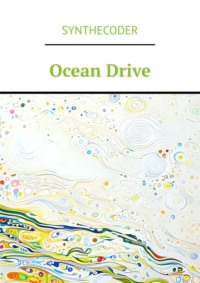Loe raamatut: «Ocean Drive»
Editor A. Vlasov
© synthecoder, 2025
ISBN 978-5-0065-5485-6
Created with Ridero smart publishing system

CONTENT
Preface. Ocean Drive. Coloring sketches. Notes. Thankfulness.

PREFACE
Visual aesthetics in human-computer interaction explores how we interpret and experience visual aspects when interacting with AI technology. This area has seen a recent spike in interest following the publication of the seminal work “What is Beautiful is Useful” (Tractinsky et al., 2020). This subject remains a fascinating area of communication research in the field of psychology. This experience is a complex phenomenon involving different underlying cognitive and affective processes, contributing to the formation of experienced mental and emotional states. Visual aesthetic communication extends beyond mere art, design, and beauty, encompassing aspects such as language meaning, emotion perception, self-expression, and human cultural foundations of beliefs and behaviors.
Visual representations invariably carry emotional and symbolic connotations, function as a mirror during image perception of a man and evoke individual responses. Furthermore, images can supplement text-based content, fostering a more comprehensive understanding of the subject matters.
